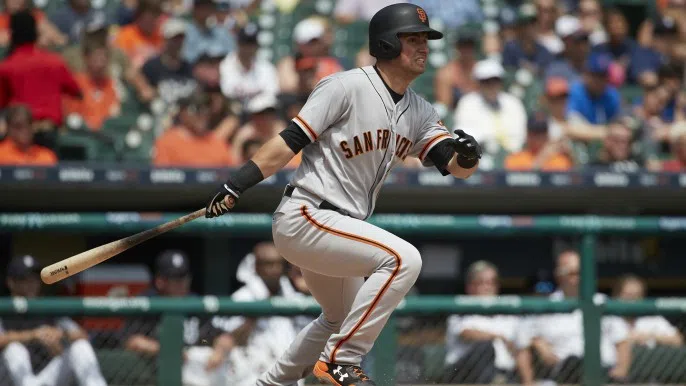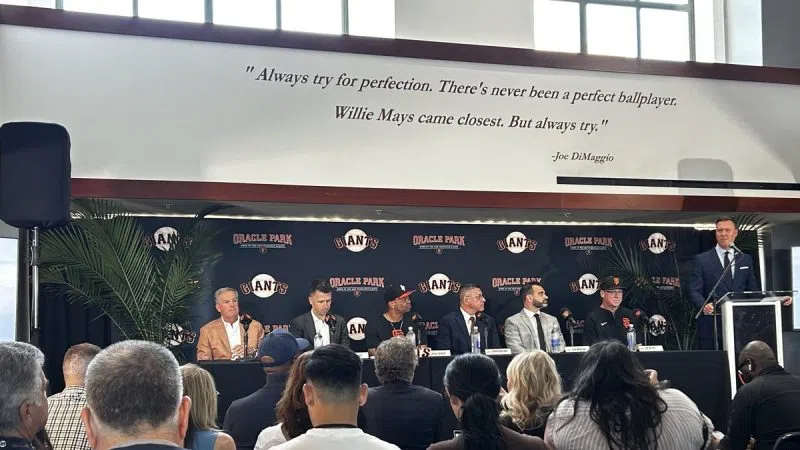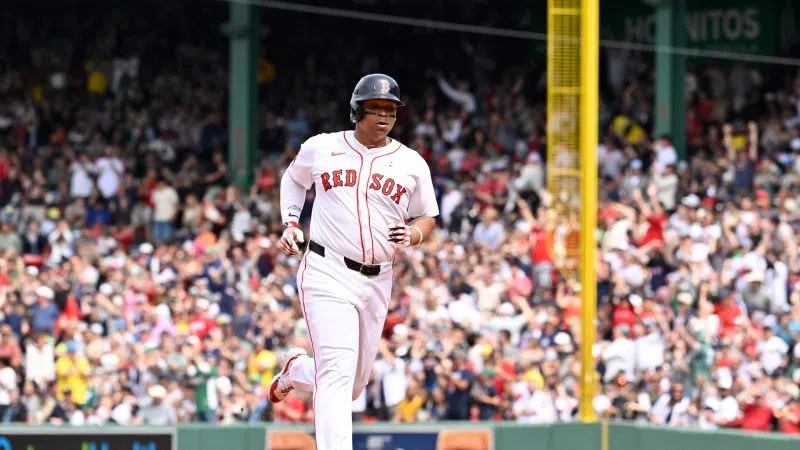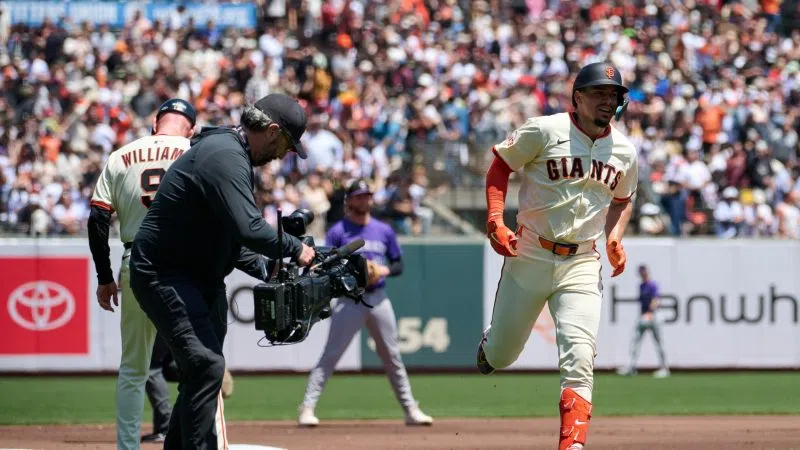With one series standing in between the San Francisco Giants and the All-Star break, casual observers have every reason to believe the organization is on the verge of a fire sale.
After dropping two out of three games in Detroit against the Tigers, Bruce Bochy’s ballclub returns home for a three-game set against the Marlins sitting 19 games under .500, 23.5 games back of the first-place Los Angeles Dodgers and with a farm system that needs replenishing.
In most years, the makeup of the Giants’ current roster and their remarkable on-field failures would make them an obvious candidate to become a trade deadline seller.
San Francisco has veteran pieces that could aid playoff pushes for other clubs, a record that suggests the Giants aren’t going anywhere in the near future, and a prime opportunity to land the type of impact outfield and pitching prospects the organization’s highest minor league affiliates lack.
Yet as the Giants prepare for their final pre-All-Star break set, San Francisco looks increasingly like a franchise that will do its best to hold onto its assets come the July 31 trade deadline.
Even after losing a three-game series in Detroit, the Giants have won seven of their past nine games and given management the glimmer of hope it has been searching for over the last three months. Bochy and general manager Bobby Evans believe they have the core pieces to knit together a winning outfit, but so far, the Giants haven’t been able to thread the needle.
In the middle of June, San Francisco lost 12 of 13 games, the worst stretch for the franchise in the last quarter century, yet still, a sense of belief that the Giants shouldn’t give up on a roster that features so many proven winners emanated around the team.
When the Giants lost their seventh straight series a few weeks ago, a sweep at home at the hands of the subpar New York Mets, there was reason to believe that the 2017 San Francisco Giants were headed for the most disappointing season in baseball in at least the last decade. Now, after a decent week and a half, there’s reason to believe Giants management will keep its faith — whether it’s well placed or misguided — in the roster at hand for at least another season.
When you consider what the Giants can become over the next year and a half, it’s harder to criticize Evans and Bochy for their unyielding confidence in the current unit.
San Francisco is built around an infield core of Buster Posey, a three-time World Series champion with an MVP in his back pocket, Brandon Crawford, a slick fielding shortstop who has the tools to be a perennial Gold Glover, Joe Panik, a former Gold Glove winner and a solid left-handed bat, and Brandon Belt, a powerful yet patient hitter on pace to obliterate his personal best single-season home run total.
On the mound, the Giants have a formidable trio of starting pitchers led by ace Madison Bumgarner and supported by a pair of rugged right-handers, Johnny Cueto and Jeff Samardzija. San Francisco is high on rookie Ty Blach, and next season, the franchise is hoping former first round draft choice Tyler Beede will be ready for the bright lights.
Then there’s the bullpen, where Evans spent $62 million on closer Mark Melancon, one of the most efficient ninth-inning specialists of the last five years, to shore up the team’s late-game struggles. The Giants have plenty of homegrown talent — like Kyle Crick, Josh Osich and Steven Okert — to get excited about, and the team lucked into acquiring former Rangers closer Sam Dyson, who has pitched lights out over the past two weeks.
On paper, the Giants have every reason to believe they’ll be a contender come 2018, so why blow this thing up now? Sure, there’s question marks in the outfield, where aging veterans Denard Span and Hunter Pence might not cut it for much longer, but can’t Evans and Bochy patch up a few holes? Isn’t that how the Giants won three World Series in five years?
If only the solution was so simple.
At this point, the Giants’ best excuse to keep their roster intact and avoid a trade deadline fire sale is the overwhelming sense of belief the organization possesses that eventually, players will start to turn things around.
The Giants want to believe Crawford is better than the .223 average he’s posted to date. They have faith Belt’s .236 average is just an aberration, and he’ll drift closer to his career norm. They’re optimistic Bumgarner will return from his shoulder injury with the same can’t-hit “stuff” that made him the definitive ace, that Blach will blossom as a starter and Beede will thrive in the bright lights.
And they’ll hang onto these beliefs, and hopes and dreams because the way the Giants’ roster has been constructed, it’s not built to come crashing down in an instant. The Giants’ core was built to last — they think — and despite one full calendar year of catastrophic struggles, San Francisco’s management isn’t ready to give up.
Yes, in the next few weeks, Cueto could be dealt, third baseman Eduardo Nunez may be on his way out and the organization could land a couple of shiny new prospects. But to expect a fire sale is to expect the type of sudden, dramatic philosophical shift that the Giants franchise either isn’t ready to, or isn’t capable of embracing.
Maybe the Giants’ rise felt sudden or the sense that the dynasty they developed in the early 2010s came out of nowhere. But from within, every move was calculated and the climb to the top was a gradual affair.
So naturally, a franchise that reached the pinnacle of the sport on the strength of homegrown talent and a well-executed plan isn’t ready to give up on their mission just yet. The Giants still have a belief that they’re not far off, and whether they’re right or they’re wrong, it’s easier for the franchise to continue believing that longer than it ever should, than it is to give up a moment too soon.






